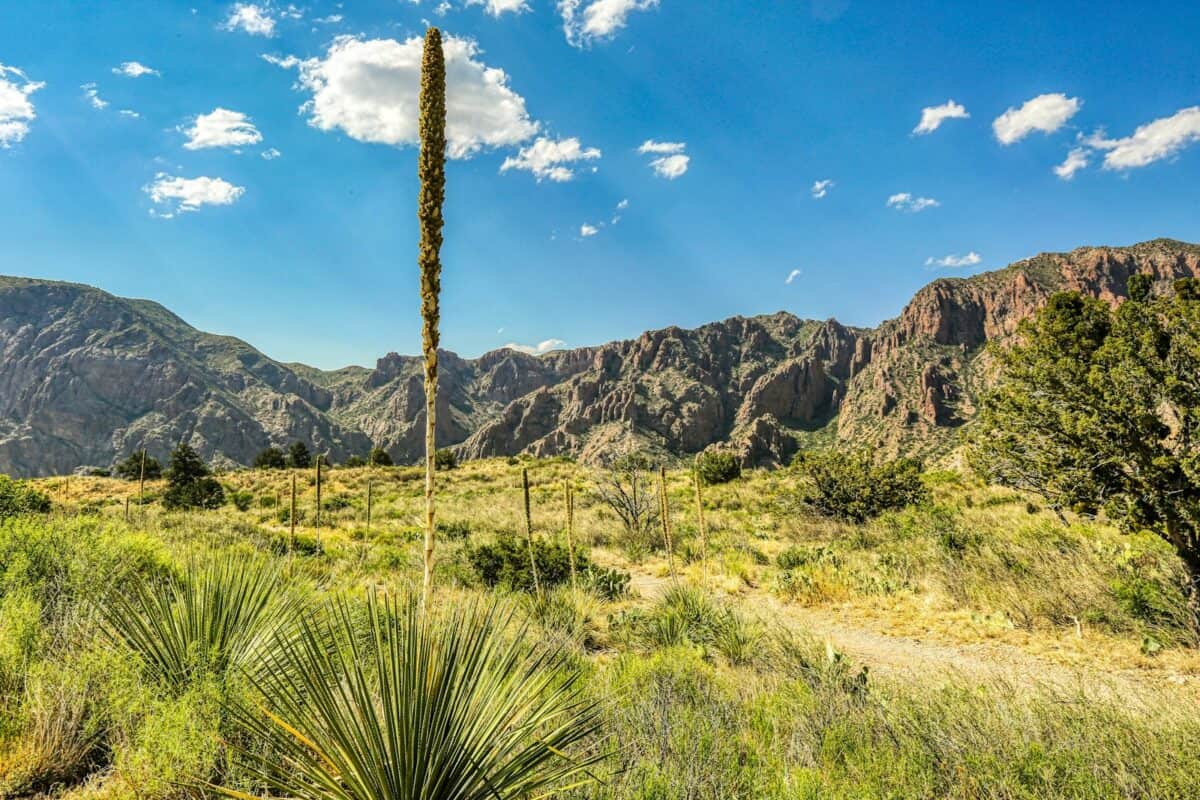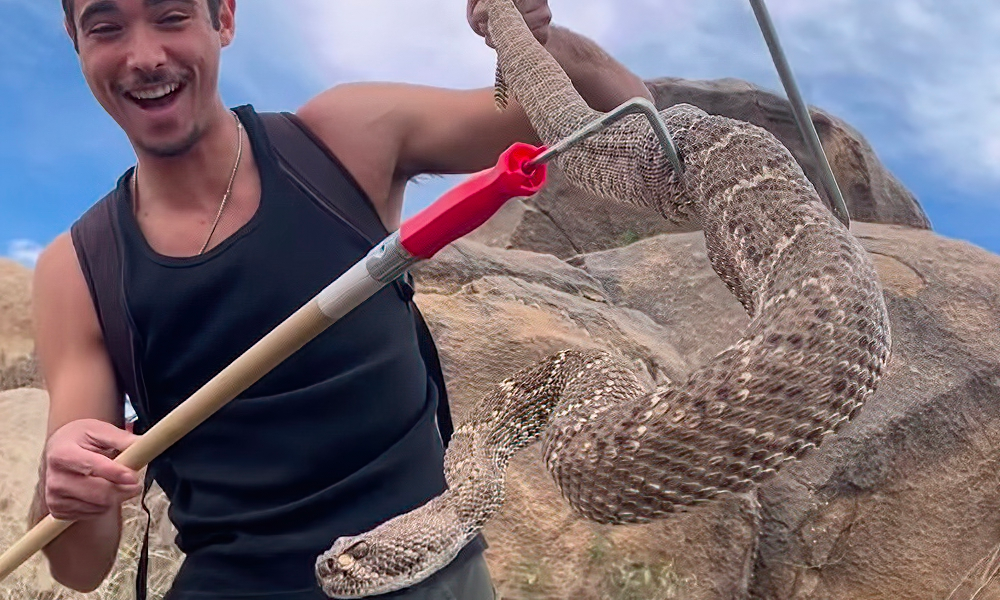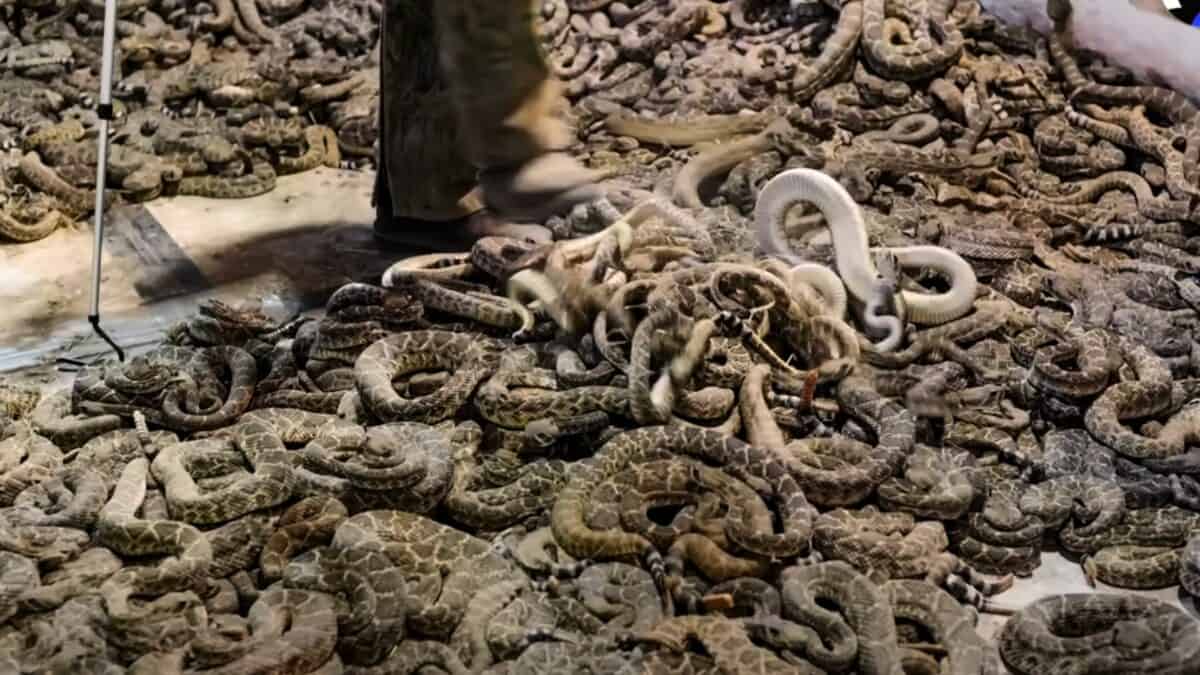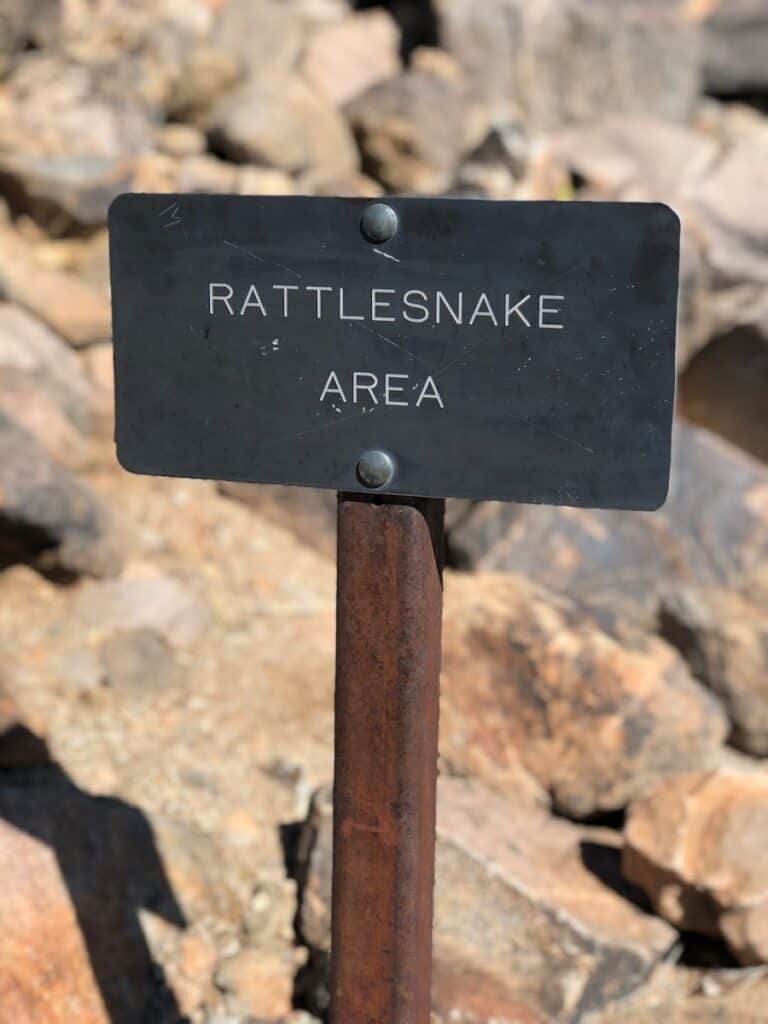Texas, known for its vast landscapes and rich biodiversity, hosts an array of wildlife, with rattlesnakes being some of the most fascinating. Among these, the Western Diamondback rattlesnake stands out as one of the largest species in the United States, often found in the Lone Star State. This article explores the various facets that make Texas an ideal sanctuary for these remarkable reptiles.
The Natural Habitat of Rattlesnakes in Texas

The diverse geography of Texas, ranging from arid deserts to lush forests, provides a perfect habitat for rattlesnakes. These reptiles thrive in scrublands, rocky hillsides, and grasslands where they find ample cover and prey. The state’s climate, with its long summers and mild winters, allows for nearly year-round activity for these ectothermic snakes.
A Variety of Rattlesnake Species

Texas is home to several rattlesnake species, including the Western Diamondback, Timber, Mojave, and Prairie rattlesnakes among others. The variety of species reflects the adaptability of these snakes to different environments. Among them, the Western Diamondback is particularly notable due to its size and presence throughout the state.
The Role of Size in Survival

Size is a significant factor in a rattlesnake’s survival strategy. Larger snakes, like the Western Diamondback, have a better chance of warding off predators and competing for territory. Their size also allows them to prey on a broader range of animals, thus securing their dominance in the food chain.
Adaptations for a Harsh Climate

Rattlesnakes in Texas have evolved to withstand the state’s harsh, dry conditions. They are cold-blooded animals, relying on external heat sources to regulate their body temperature. This adaptation allows them to be more active during cooler times of the day or night, helping them avoid the extreme midday heat.
Camouflage and Stealth: Keys to Their Survival

Texas rattlesnakes display remarkable camouflage abilities that help them blend seamlessly with their surroundings. This ability to remain undetected is crucial, whether they are avoiding predators or ambushing prey. The distinct rattle, while often seen as a warning signal, is also a testament to their evolutionary success, deterring threats through sound.
Understanding Rattlesnake Behavior

Rattlesnakes are generally solitary and prefer to avoid human contact. They play a vital role in controlling the rodent population, which is an essential aspect of maintaining ecological balance. During the spring and summer, these snakes are more active in mating and hunting, which can lead to increased sightings.
Human-Snake Encounters: What to Know

In Texas, human encounters with rattlesnakes can happen, especially in rural or undeveloped areas. Recognizing the signs of rattlesnake presence and understanding their behavior can reduce the risk of bites. Education on safely coexisting with these reptiles is essential for minimizing conflict.
Conservation and Public Awareness Efforts

Conservation efforts in Texas focus on preserving the natural habitats of rattlesnakes while promoting public awareness. Organizations advocate for the protection of these species, emphasizing their role in biodiversity and ecosystems. Educational programs aim to dispel myths and foster respect for these often-misunderstood creatures.
The Economic Impact of Rattlesnakes

Rattlesnakes contribute to the Texas economy through tourism and wildlife-related activities. Events such as rattlesnake roundups attract visitors, boosting local economies. However, these events have sparked debates about animal welfare and conservation, prompting a re-evaluation of practices to ensure sustainable interactions with wildlife.
Research and Innovations in Rattlesnake Studies

Research in Texas continues to uncover new findings about rattlesnake biology and behavior. Advances in technology offer innovative ways to study these reptiles, providing insights into their movement patterns, population dynamics, and ecological roles. This research forms the backbone of informed conservation strategies.
Myths and Realities of Rattlesnakes

Many myths surround rattlesnakes, often casting them in a negative light. In reality, they are integral parts of the ecosystem, and their presence signifies a healthy environment. Understanding the ecological importance of rattlesnakes can shift perspectives, favoring coexistence over conflict.
The Future of Rattlesnakes in Texas

The future of Texas rattlesnakes hinges on balanced conservation efforts, thoughtful urban planning, and continued public education. By fostering a culture of respect and understanding, Texas can ensure that these impressive creatures continue to thrive alongside human development.
Texas is undeniably a stronghold for rattlesnakes, thanks to its supportive habitats and unique climate. These snakes play a crucial role in the ecosystems they inhabit, providing essential services like pest control. Embracing their presence involves recognizing their value, dispelling myths, and promoting coexistence, ensuring that they remain a celebrated part of Texas’s natural heritage.
- Why Texas Is Home to Some of the World’s Biggest Rattlesnakes - August 10, 2025
- How Realistic Are Talking Animal Tropes in TV and Movies? - August 10, 2025
- Why Some Birds Are Singing Louder in Urban Areas - August 10, 2025

